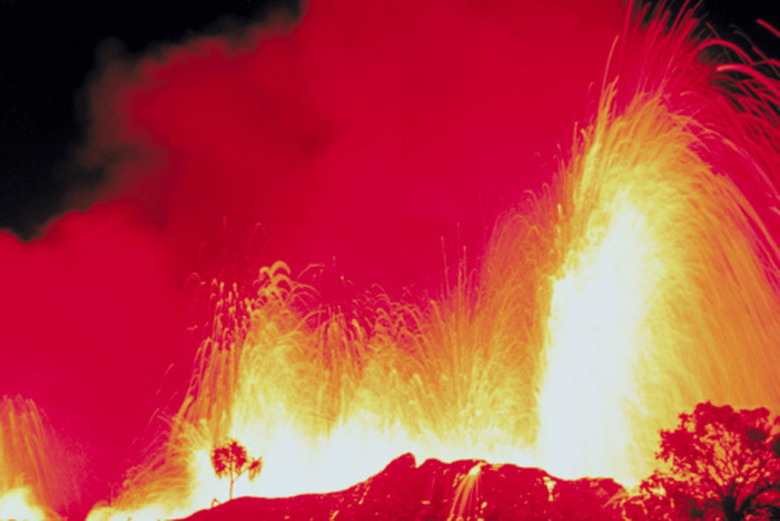What Were The Effects Of The Tambora Eruption?
Tambora is a volcano that lies east of Bali and Lombok. It was once more than 4,000 meters high and had been silent for more than 5,000 years before it experienced the greatest volcanic explosion of the last 10,000 years. The effects of the eruption led to the largest death toll of any volcanic eruption in recorded history.
The Eruption
The Eruption
The Tambora eruption was caused by ocean water penetrating cracks and fissures in the mountain. When it reacted with magma deep inside the volcano, massive pressure built up, causing the mountain to blow itself apart. In 1812, the mountain began to emit small amounts of ash and steam. Significant earth tremors accompanied this activity which continued until April 5, 1815, when a volcanic column measuring more than 80,000 feet high was generated by the first of the great eruptions. Five days later, more gigantic explosions occurred, with columns of volcanic material being forced up to 13,000 feet into the sky. The collapsing columns formed pyroclastic flows, massive, enveloping clouds of hot ash pumice and rock, which instantly killed everything in their path.
Casualties
Casualties
The volcanic flows killed almost the entire population of Tambora province. This totaled more than 10,000 human casualties. When the flows reached the sea, tsunamis occurred, spreading the devastation into neighboring areas. The lighter volcanic material, including ash and dust, prevented light from reaching the Earth in a large area around Tambora. Falling ash then blanketed the ground, killing off all vegetation and causing up to 80,000 human deaths from famine and disease in surrounding islands. The total number of people killed as a direct result of the Tambora eruption was more than 90,000.
Climate
Climate
Volcanic eruptions with the power to significantly alter the global climate for many years occur vary rarely but can affect the ozone, greenhouse and haze effects. The Tambora eruption was one of these. The time that followed the eruption became known as the year without a summer. There is a direct correlation between historic volcanic eruptions and years of cold climate conditions. The effects of global cooling in the aftermath of the Tambora eruption were an extremely cold spring and summer in 1816.
Global Effects
Global Effects
Areas that were hit particularly hard by the effects of the Tambora eruption were New England and Europe. Frosts and snow in June, July and August destroyed almost all crops and farmers were forced to slaughter animals due to the lack of corn crops. The widespread crop failures in Europe occurred just as it was beginning to recover from the effects of the Napoleonic Wars and Ireland experienced its first great famine. India's monsoon season was interrupted and China also felt the effects through devastating floods.
Frankenstein
Frankenstein
Due to the bad weather near Lake Geneva that the explosion caused, the poets Byron and Shelley spent time indoors with friends, proposing each person write and present a ghost story. Shelley's wife, Mary came up with Frankenstein, a famous work of literature that was created as an indirect result of the Tambora eruption.
Cite This Article
MLA
Ames, Hayley. "What Were The Effects Of The Tambora Eruption?" sciencing.com, https://www.sciencing.com/were-effects-tambora-eruption-8063429/. 24 April 2017.
APA
Ames, Hayley. (2017, April 24). What Were The Effects Of The Tambora Eruption?. sciencing.com. Retrieved from https://www.sciencing.com/were-effects-tambora-eruption-8063429/
Chicago
Ames, Hayley. What Were The Effects Of The Tambora Eruption? last modified March 24, 2022. https://www.sciencing.com/were-effects-tambora-eruption-8063429/
